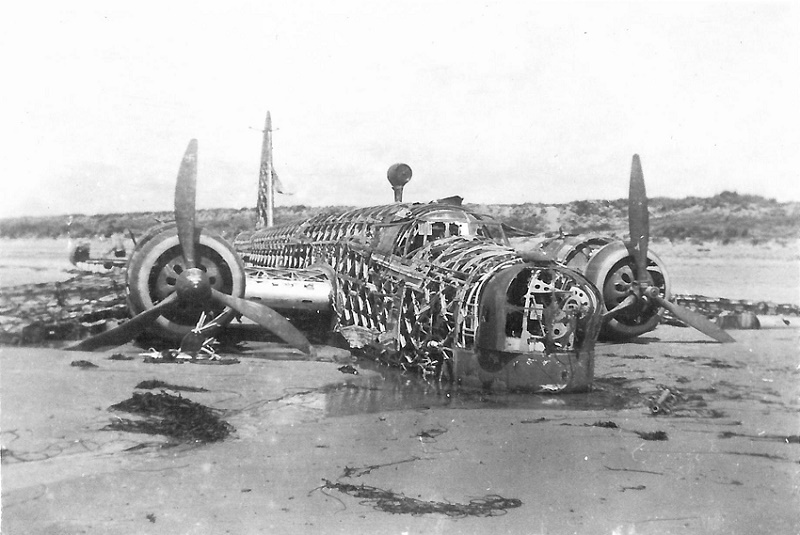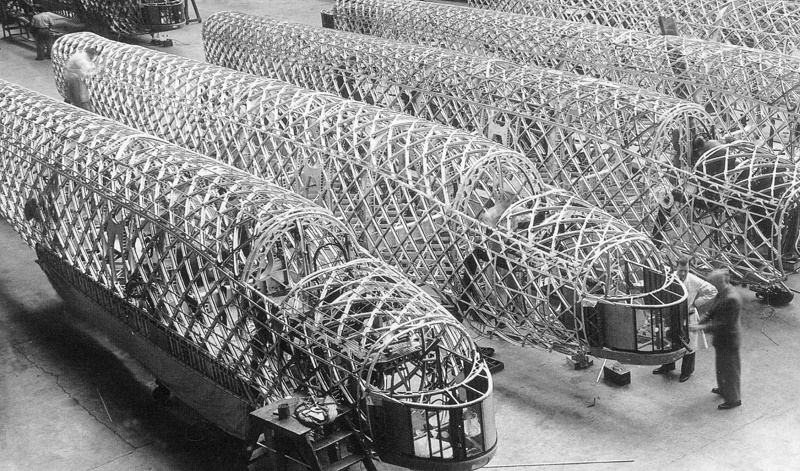The Wellington was a remarkably robust aircraft due to its geodetic construction, designed principally by Barnes Wallis of bouncing bomb fame.

Looking at the example above, my first thoughts were that an attempt to destroy it by fire might have been made to prevent anything of use falling into the hands of the other side.
However, there are no visible signs of fire so perhaps sea water did for the fabric covering. (German photo near Dunkirk).
A rather better view of the construction...

Some years ago I saw a TV documentary about an example of the type being retrieved from Loch Ness.
One fact that stayed with me was that the navigation lights still worked when connected to a battery.
Quote:
On 31/12/1940, while on a training flight over Scotland with 20 Operational Training Unit at RAF Lossiemouth, N2980 developed engine trouble and ditched in Loch Ness.
All eight men on board escaped, but the rear gunner unfortunately died when his parachute failed to deploy.
In 1976 the Wellington was located in the Loch by a team of American Loch Ness Monster hunters and was successfully salvaged on 21/9/85 by the Loch Ness Wellington Association assisted by the National Heritage Memorial Fund
Despite nearly forty-five years underwater, the aeroplane was remarkably well preserved.
The tail lights still worked when connected to a modern battery and many of the crew’s personal effects remained in the fuselage.
Delivered to Brooklands Museum by British Aerospace on 27/9/85, N2980 is now one of only two surviving Wellingtons but is the only one which saw action as a bomber in operational service.
|
Link
Link